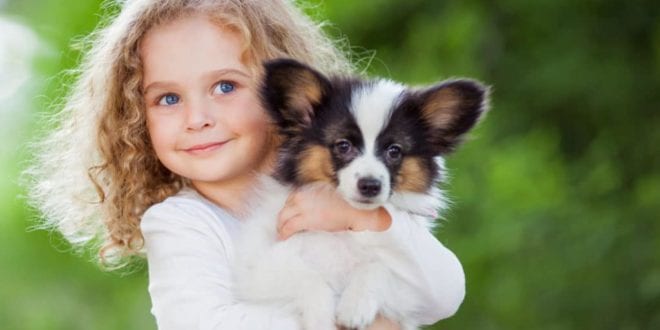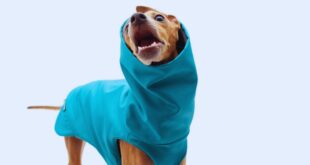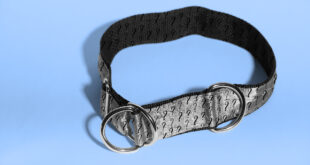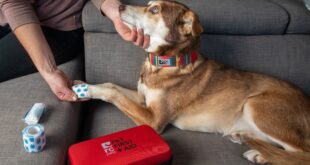If you have a toddler and would like to get a puppy, you need to do so with the utmost care. The reason being, chances of injury on the baby’s or puppy’s part are high. The moment your toddler has started walking, your dog is bound to find the toddler challenging and exciting. Your toddler will also find fascination when your dog is doing things like eating food or playing.
While your child means no harm to the puppy, it may treat it as a stuffed toy, i.e. by trying to kiss or hug it, chasing it, pulling fur and poking eyes. When your toddler does this, the injured or frightened dog might respond by growling and biting. Beanie Boos is one of the trending toy you can prefer for your kids that make them busy.
That is why it is imperative to set clear boundaries when it comes to your toddler and puppy. These boundaries are not meant to separate the two, but instead create trust and ensure that none of the two gets hurt whenever they find themselves in the same room.
Here are a few easy steps you can use to keep your kids and puppy together!
Your Puppy and Toddler – How to Keep Them Both Happy

Toddlers are adorable, but can also be overwhelming. In most cases where a dog has bitten a child, you find that the bite was from a dog they know. That is why you must find a way to teach both parties on how they should behave with each other. This will not be easy but will prove to be worth it in the end.
Toddlers are always busy doing something, and this is because they are just starting to learn about their environment, and the same is true for a dog. That is why a toddler’s behavior tends to be unpredictable, especially from a dog’s perspective. So, you need to encourage gentle interaction at any given time. There are times you may realize that the puppy is not annoyed by the excess physical contact from your toddler, don’t be of the assumption that the dog is having fun.
Tips for Safe Handling
Many dogs and puppies persevere a lot of harassment before showing any signs of discomfort. Here are some safe handling tips.
- Discourage sitting on, heavy petting, grabbing and pulling as you encourage gentle/soft stroking.
- Do not disturb it when it is sleeping. When their sleep is regularly disturbed, they may become defensive or irritable.
- If your toddler or dog is frustrated, boisterous or too excitable, avoid accidents through management. Use a dog crate or stair gate and occupy your pup with a stuffed Kong or a sweet chew. Try to meet your dog’s needs when your toddler is asleep by training or playing together.
- Keep your toddler away from the puppy when its chewing or eating. This is because your toddler may want to take the chew away from the puppy, and this will get it in a defensive mood.
- If your child can get more involved, teach it safe ways to play with the puppy. This is a fantastic way to get the train it and also help both of them interact with each other, thereby developing a strong bond.
- Actively supervise your puppy and toddler whenever they are together. Pay close attention to their interaction and intervene as fast as you can whenever either of them looks worried or when you notice things getting out of control.
Safe Retreat for Your Puppy

You will have to create a safe sanctuary for your puppy. That space should not be accessible to kids because dogs also need their alone time away from children. This haven will be a place where the dog will not be annoyed. If your children are too young to understand, keep a close eye to ensure they do not bother the puppy.
How to Tell If Your Puppy Is Worried
- Hiding, moving away, avoidance.
- Appears ‘smaller’, look away.
- Raising paws, yawns when not sleepy, licking lip.
- Biting, snapping, teeth flashing, growling.
Likewise, intervene whenever you notice your toddler is becoming annoyed or frightened. In such a situation, it is safer to remove the puppy from your child’s sight. This will protect any bond made earlier to remain intact, thus creating room for more growth in the future.
What to Look Out For

Puppies and children are generally very expressive, so it will be relatively easy to notice when either one is uncomfortable. If you notice your puppy moving away, growling, or even tucking its tail between its legs, then you need to intervene. These are the little subtle signs that your dog feels threatens. Keep in mind that children are rather fond of pulling at anything they can get their hands on, and this may seem like aggression to your pup.
Puppies, although cute and cuddly, are still instinctive creatures, and they will react to different stimuli based on these instinctive impulses. This is why you need to constantly monitor interactions between your kids and your puppy. The most important tip is to ensure they spend enough time together, this is to facilitate the process of them getting used to each other, and learning, gradually, how to be around each other.
Bottom Line
The most crucial tip when dealing with puppies and kids is supervision! Ensure you play an active role in training both your puppy and your child’s training, safeguarding the safety of both. Dog training is especially important, as the threat of injury is more inclined towards a serious bite rather than the pulling of the dog’s fur.
Finally, pay very close attention to signs of discomfort. Dogs tend to overlook discomfort even when it’s obvious they don’t approve of a certain action. This is why you need to be there to ensure you intervene immediately and ensure both your kids and your dog are well behaved. Keep in mind that puppies feel like part of the family, so they won’t run even when provoked, so it is your responsibility to ensure nothing goes wrong.
References:
For more information visit: “https://www.pupped.com/“.
 Imagup General Magazine 2024
Imagup General Magazine 2024



